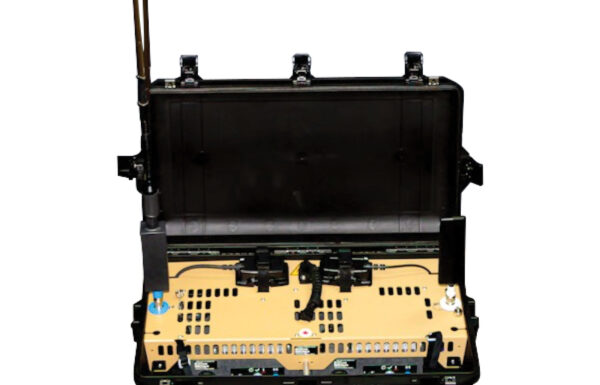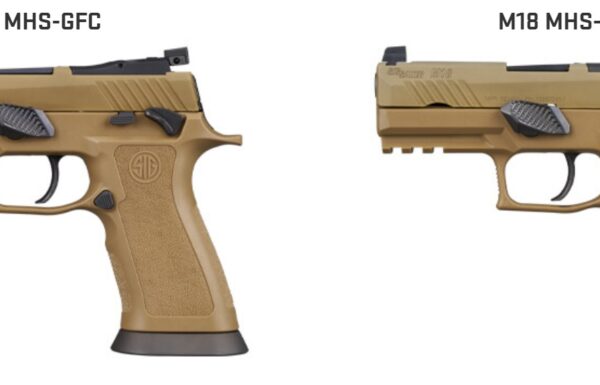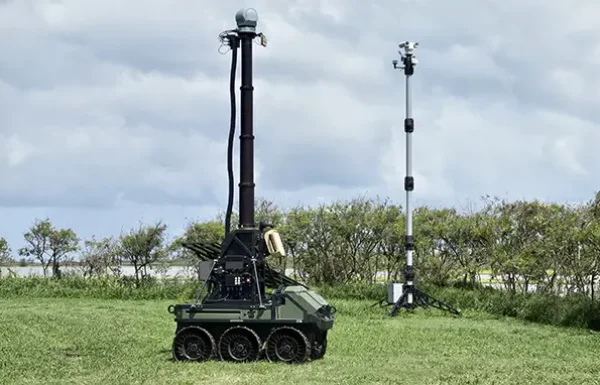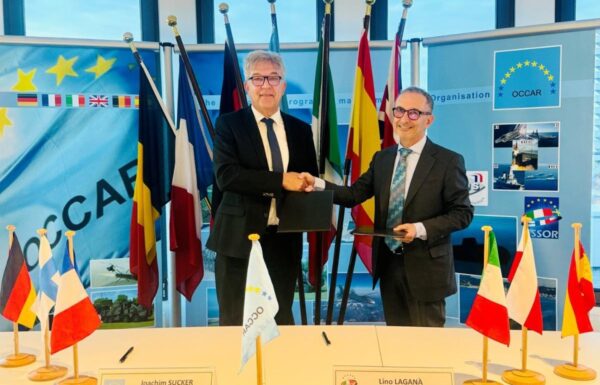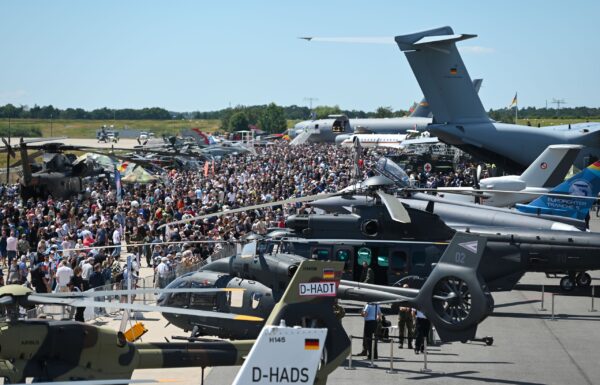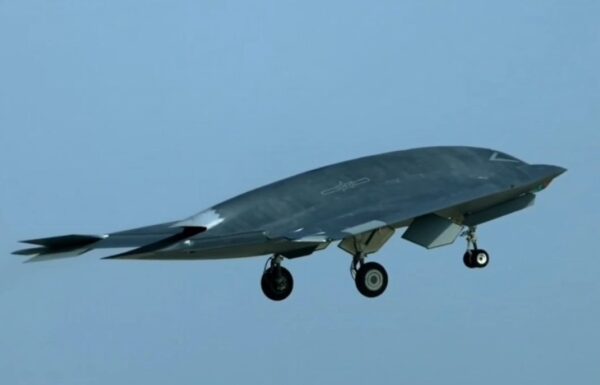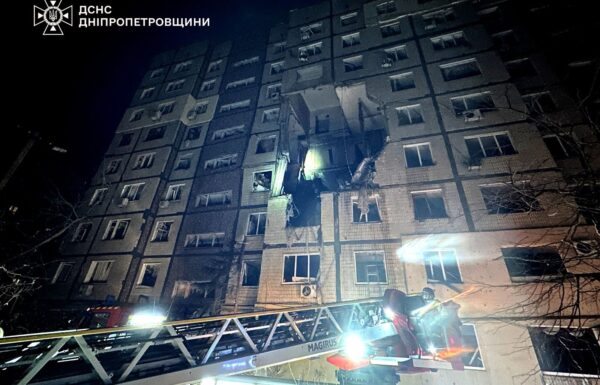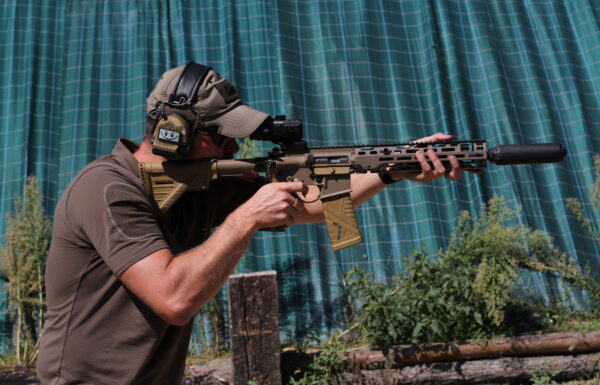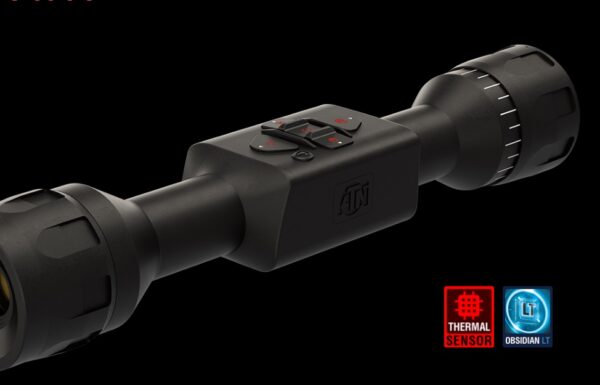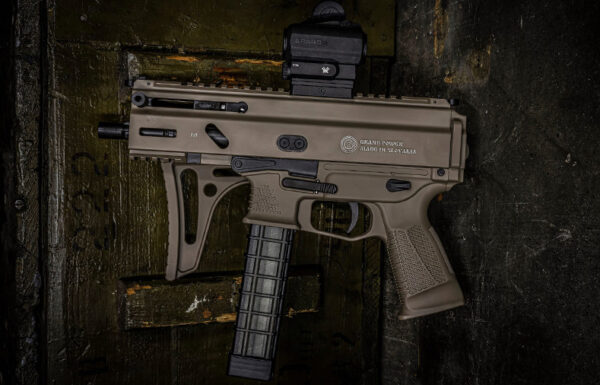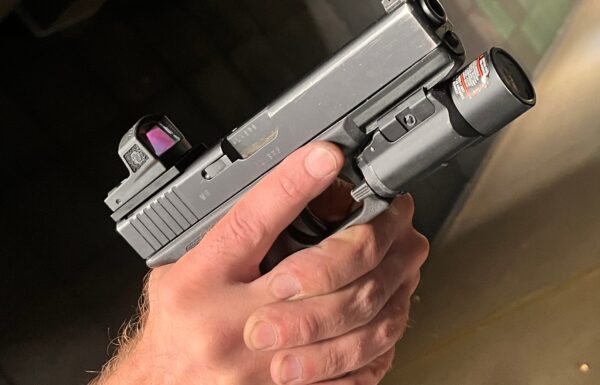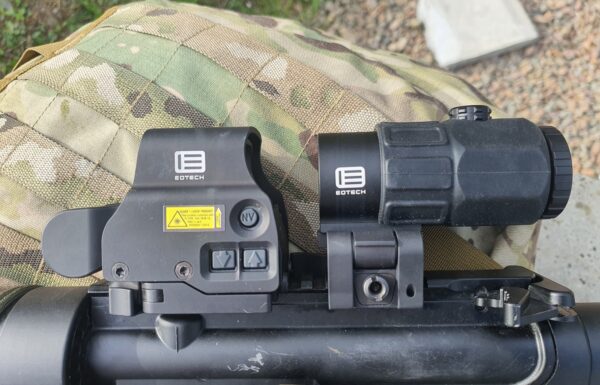On Monday, September 9, 2024, the U.S. Defense Security Cooperation Agency (DSCA) announced that the U.S. Department of State had approved the potential sale of a batch of AIM-120C-8 AMRAAM (Advanced Medium-Range Air-to-Air Missiles) to the Republic of Singapore for up to USD 133 million.
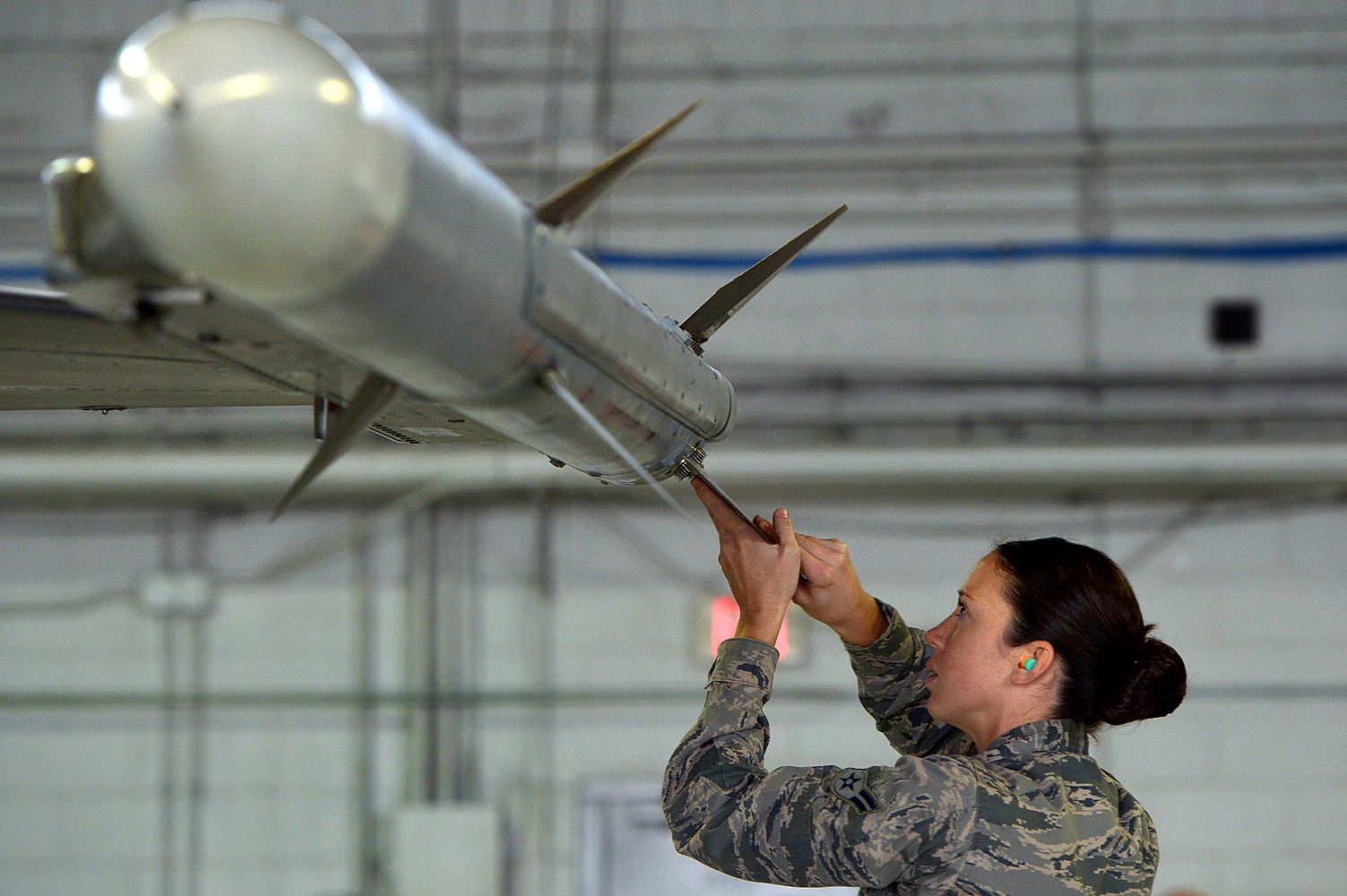 Photo: Staff Sgt. Kenny Holston, USAF
Photo: Staff Sgt. Kenny Holston, USAF
According to the published information, the government of Singapore requested the acquisition of 54 AIM-120C-8 AMRAAM combat missiles and 2 guidance sections for them.
Additionally, the package includes the following non-MDE (Major Defense Equipment) items: spare parts for AMRAAM missile guidance sections, missile transport containers, Built-In Test (BIT) equipment for ammunition, ADU-891/E computer test set adapters, spare parts, consumables, and accessories, as well as support for repairs and returns, software support for weapon systems, delivery and support of classified software, classified and unclassified publications, and technical documentation, training support and equipment, studies and surveys, engineering, technical, and logistical support from the U.S. government and the contractor (RTX Corporation), and other related logistical and program support elements.
The AIM-120C-8 variant was developed as part of the modernization program for the AIM-120C-7 variant, called F3R (Form, Fit, Function Refresh). This program involved replacing some components with equivalent parts from the commercial market while maintaining the same combat capabilities as its predecessor. As part of the F3R program, engineers utilized model-based systems engineering designs and other digital technologies to upgrade many circuit boards and advanced processors in the missile’s guidance section and to rehost the older software in the AIM-120C-8.
The first test of the AIM-120C-8 AMRAAM, launched from the American air superiority aircraft Boeing F-15C Eagle, was conducted on September 1, 2023. In addition to Singapore, countries that have decided to purchase the AIM-120C-8 include Belgium, Germany, the Czech Republic, Hungary, Taiwan, Saudi Arabia, Italy, Japan, Sweden, Denmark, Norway, and Romania. Recently, Poland also ordered several hundred missiles for approximately USD 850 million net (PLN 3.36 billion net/PLN 4.133 billion gross), with approval granted for 745 units.
Of the more than 12,000 AMRAAM family missiles produced, around 5,000 have been launched, mostly during tests and exercises. In combat operations, over 13 aircraft have been shot down using these missiles. They are also part of the NASAMS air defense systems, which are currently being used in combat operations by Ukraine.
The Republic of Singapore Air Force (RSAF, Angkatan Udara Republik Singapura in Malay) currently operates 62 F-16C/D Block 52+ multirole aircraft, which will be gradually phased out after 2030 (following an upgrade to the F-16V standard), as well as 40 heavier F-15SG Strike Eagles.
After 2026, the latest F-35 Lightning II aircraft will begin entering service. Singapore has ordered 4 of the planned 12 short takeoff and vertical landing F-35B variants and plans to purchase 8 conventional takeoff F-35A variants, totaling 20 F-35A/B aircraft. However, the overall demand is estimated to be as high as 100 units.
In terms of other air weaponry that the Singaporean authorities have recently expressed interest in, the AGM-158C LRASM (Long Range Anti-Ship Missile) stands out. Additionally, last year the F-16s were integrated with Python 5 and AIM-9X Sidewinder air-to-air missiles, GBU-38 JDAM guided bombs, GBU-49/50 Enhanced Paveway II bombs, and CBU-105 cluster munitions.


